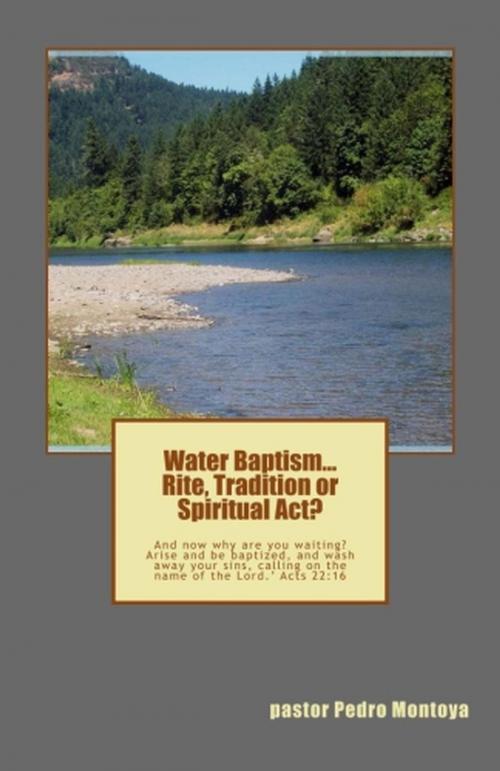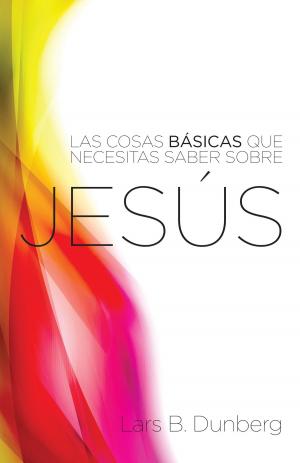Water Baptism. Rite, Tradition or Spiritual Act
Nonfiction, Religion & Spirituality, Christianity, Church, Pastoral Ministry, Bible & Bible Studies, Christian Life| Author: | PEDRO MONTOYA | ISBN: | 9781973834144 |
| Publisher: | MINISTERIO APOSTOLICO Y PROFETICO CRISTO REY | Publication: | July 24, 2017 |
| Imprint: | Language: | English |
| Author: | PEDRO MONTOYA |
| ISBN: | 9781973834144 |
| Publisher: | MINISTERIO APOSTOLICO Y PROFETICO CRISTO REY |
| Publication: | July 24, 2017 |
| Imprint: | |
| Language: | English |
The baptism or immersion in water that we practice was not always the same as we know it today. It was established and promoted by John the Baptist and known as John's baptism,[1] it was also known as the baptism of repentance.[2] It was later established as baptism in Jesus, which is how we know Him today.
Baptism was not a strange element for those who received it from John the Baptist. The reason why the people did not hesitate to submit to its practice, apparently new, was because its basic principle is contained in the Law of Moses.
Water baptism is an extension of the mosaic practice of purification. It is evident in the description that the author of the Gospel of John presents about the struggle between the Jews and the disciples of John the Baptist for precisely the increase in baptisms, an activity to which Jesus himself joined with his disciples:
After these things Jesus and His disciples came into the land of Judea, and there He remained with them and baptized. 23 Now John also was baptizing in Aenon near Salim, because there was much water there. And they came and were baptized. 24 For John had not yet been thrown into prison. 25 Then there arose a dispute between some of John's disciples and the Jews about purification. John 3:25
[1] John 21:25; Acts 19:3
[2] Marks 1:4;Luke 3:3; Acts 13:24; 19:4
The baptism or immersion in water that we practice was not always the same as we know it today. It was established and promoted by John the Baptist and known as John's baptism,[1] it was also known as the baptism of repentance.[2] It was later established as baptism in Jesus, which is how we know Him today.
Baptism was not a strange element for those who received it from John the Baptist. The reason why the people did not hesitate to submit to its practice, apparently new, was because its basic principle is contained in the Law of Moses.
Water baptism is an extension of the mosaic practice of purification. It is evident in the description that the author of the Gospel of John presents about the struggle between the Jews and the disciples of John the Baptist for precisely the increase in baptisms, an activity to which Jesus himself joined with his disciples:
After these things Jesus and His disciples came into the land of Judea, and there He remained with them and baptized. 23 Now John also was baptizing in Aenon near Salim, because there was much water there. And they came and were baptized. 24 For John had not yet been thrown into prison. 25 Then there arose a dispute between some of John's disciples and the Jews about purification. John 3:25
[1] John 21:25; Acts 19:3
[2] Marks 1:4;Luke 3:3; Acts 13:24; 19:4















